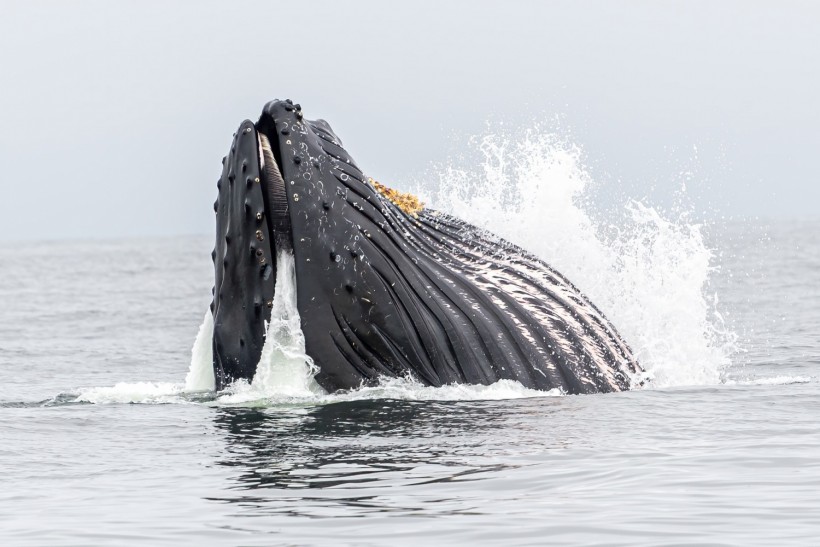In June of last year, a 56-year-old commercial lobster diver named Michael Packard found himself inside the mouth of a humpback whale. The survivor later gets his story told on film.
On a Friday morning near Herring Cove Beach, off the coast of Provincetown, Massachusetts, Packard was diving for lobsters on the sea floor when he came across more marine life than he expected.
Packard recounted the events, saying that it was just a normal day for him. However, on his third dive, he was hit on his way down and all of a sudden, it went dark.
A humpback whale has taken the diver into its mouth. Off the coast of Massachusetts, sightings of humpback whales are common.
Humpback whales are baleen whales, which means they have a very fine keratin comb in their mouth instead of teeth to allow water out while keeping their small krill prey inside.
Keratin is the same protein that makes up human nails and hair.
Not What It Ordered
Baleen whales, such as humpback whales, frequently get larger animals into their mouth, including humans. A Bryde's whale engulfed and spat out a tour guide off the coast of South Africa, among other whale-mouth incidents. Baleen whales do not commonly eat larger prey.
Packard relayed that he could sense that he was moving and that the whale was squeezing with the muscles in its mouth. He thought for sure that there is no way he is getting out and that he is done and dead. During the terrifying ordeal, he could only think of his 12 and 15-year-old boys.
He remembered how the whale tried to spit out the contents of its mouth. There was a sudden movement and the diver felt the whale swim fast upward, and shake its head vigorously, and that was when Packard found himself flying out of the animal's mouth. The next vision he saw was the sky. He was already floating on the ocean, ecstatic about the realization that he is going to live.
In Packard's estimate, he was in the whale's mouth for about 40 seconds.
Nicola Hodgins of the UK nonprofit organization, Whale and Dolphin Conservation, explains that Packard was not actually swallowed by the humpback whale.
Read also: Humpback Whales No Longer Endangered Species, But Experts Are Still Worried
While a humpback whale's 10-foot mouth can easily fit a human inside, Hodgins explains that humpback whales' throats are only about as big as a human fist and stretch to a maximum diameter of about 15 inches only. This makes it scientifically impossible for the gigantic sea creature to swallow a human.
Packard claims that he kept breathing while inside the whale's mouth to avoid getting the bends. A crewman, Josiah Mayo, radioed shore and returned Packard to the pier. The lobster diver was then picked up, and he was taken to Cape Cod Hospital by a Provincetown Fire Department ambulance.
Unfazed Diver
David Abel, a Boston Globe staffer and filmmaker, thinks Packard's story is fit to be made into a film.
Packard seems relatively unperturbed by the whole ordeal and, three weeks after the incident, has returned to his underwater job.
He said that in his occupation, he always had some trepidation before he got in the water. Some risks would cross his mind but he does not focus on them. Instead, he focuses on the job that he has to do.
Related article: Rescued 12-Meter Humpback Whale in Spain Expresses 'Thank You' to Divers
© 2024 NatureWorldNews.com All rights reserved. Do not reproduce without permission.






